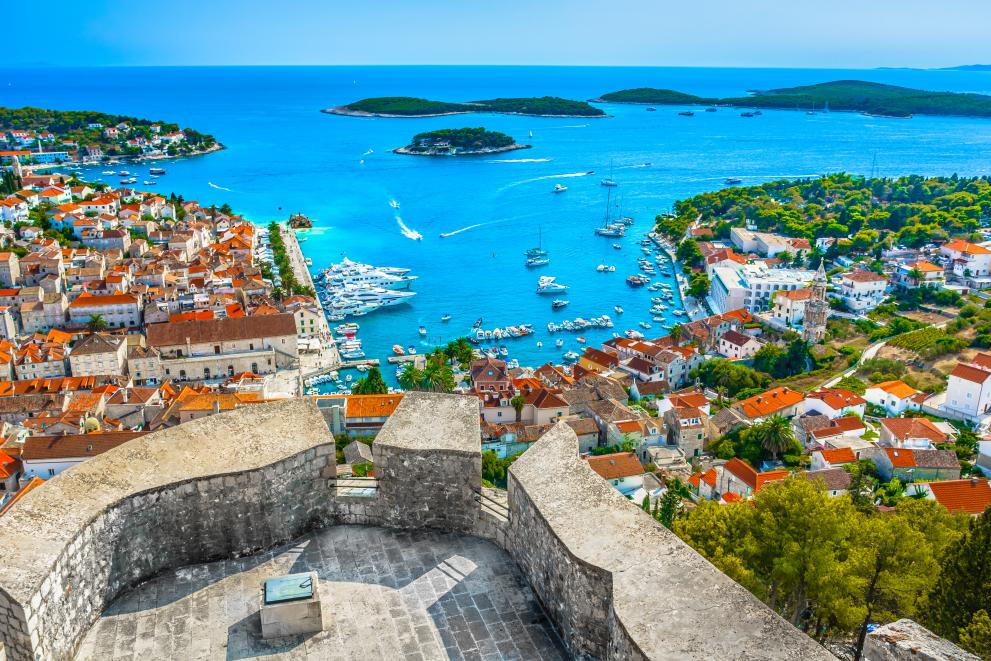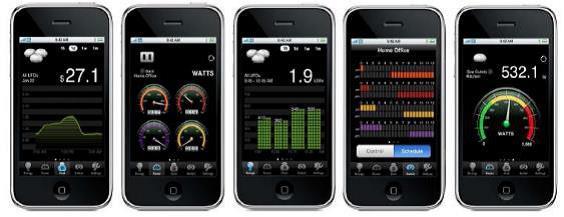
Communities in Europe are pioneering energy self-sufficiency projects, shifting from individual buildings to the neighbourhood level.
A new JRC report explores the advantages and challenges of the net-zero energy districts approach.
Buildings are responsible for approximately 40% of energy consumption and 36% of CO2 emissions in the EU, making them the single largest energy consumer in Europe.
Almost 75% of the building stock is energy inefficient, but only 0.4-1.2% (depending on the country) of buildings are renovated each year.
By improving energy performance in buildings, the EU can more readily achieve its energy and climate goals.
Typically when talking about energy efficiency and renewable energy production in buildings, the focus tends to be mainly on individual buildings.
However now, the implementation of the EU 2020 energy and climate targets has been triggering the transformation of Europe’s neighbourhoods to net-zero energy districts.
Towards net zero energy districts - examples
A new report by the JRC analyses seven frontrunner municipalities, with very diverse experiences, which have set ambitious targets to reduce their energy demand and to increase the share of their energy supply from local renewable energy sources.
- In Cloughjordan, Ireland already 350 buildings have been renovated, leading to 3.5 MWh/year of energy consumption reduction. A new eco-village of 132 houses is heated entirely by renewable energy sources.
- Helsingør, Denmark and Helsingborg, Sweden. Helsingborg wants to be a carbon neutral municipality by 2030 and 100% renewable energy district heating by 2035. Helsingør wants to reach carbon neutrality by 2050.
- Croatian Hvar Island authorities want to achieve 20% of energetic self-sufficiency till 2020 and increase the security of supply on the island by optimising the energy consumption of the buildings in the private and public sector.
- Austrian Stadtwerk in Salzburg region aims to become climate neutral, fossil fuel free and nearly energy independent by 2050. The heat demand for the new buildings is 75% lower than the current standard. Solar energy now covers about 35% of the annual heat demand, and the district uses 78% less of energy coming from fossil fuels.
- Valby district in Copenhagen, Denmark wants to supply 15% of all electricity from photovoltaics. Almost 300 housing units and 13.500 m² of public buildings were renovated and 500 new energy efficient housing units were built in Copenhagen (40.000 m²).
- In Zaragoza, Spain, 9650 social housings were built based on bioclimatic principles, with an average reduction of heating consumption of 75%.
- Cernier, Val-de-Ruz, Switzerland, aims at reaching self-sufficiency by 2030. Already now energy savings in renovated buildings reached on average more than 70%.
The seven projects, described in the JRC report, are an impressive example of very ambitious climate and energy measures that can be achieved by local authorities with a pivotal role of citizen engagement and action.
All of these projects, selected among more than 60 identified zero energy districts in Europe, adopted a holistic approach to energy efficiency, with a special focus on energy efficiency in buildings (new and renovated).
They represent an important source of inspiration and valuable information for policy makers at different levels of the urgent energy and climate challenges.
Lessons learned
The authors emphasise the need for clear and comparable targets.
While each municipality aims at reducing energy demand and increasing the share of its energy supply from local renewable energy sources, the targets are set in different ways.
The timeline to meet the agreed target at a local level varies from one municipality to another.
The analysis showed benefits from cross-sectoral planning which goes beyond energy issues to include other sustainability criteria.
The study also highlights the emergence of new actors and the innovative governance structures set by municipalities to ensure all necessary actors are involved.
Such projects may meet resistance from residents, as change can often be frightening for people especially if it is happening to their own homes or to their views.
The right information techniques need to be used to inform residents and other local stakeholders (constructors, architects, home owners, real estate companies) of the benefits of new building technologies and energy systems.
The projects recognise the value of citizen engagement and have invested in triggering this engagement.
Unfortunately, despite an initial engagement, none of the identified projects provides evidence for a sustained and meaningful engagement of local residents.
More research is needed to better understand the role of citizens in making zero energy communities a sustained success.
The initial struggle in gaining investor confidence is among problems detected across the projects analysed.
Zero energy projects’ initial investment costs may be higher as the measures being tackled go beyond business as usual measures which target “low hanging fruits”.
In the field of project management, it is very important that administration and project organisation is handled in an organised manner, making sure time is allocated for this during the project timeline.
Lack of skilled administrative personnel may hold back the project.
Modern technologies such as smart meters, smart communication tools, social media platforms, 3D-scanning and building information models are indispensable for the successful roll-out of the projects.

All in all, despite some difficulties encountered, these pioneering projects demonstrate that the zero-energy concept at local level has the potential to help cities meet the 1.5°C target laid out by the Intergovernmental Panel on Climate Change (IPCC) report.
The challenge will be to scale-up such initiatives and to make them a common practice, especially when it comes to retrofitting existing buildings and infrastructures.
Background
The Clean Energy for all Europeans Package confirmed the pivotal role of buildings in meeting Europe’s 2030 climate and energy targets.
In fact, residential and tertiary buildings, which include the infrastructure occupied by public authorities, associations and companies providing services, are expected to be the highest contributors to Europe’s energy savings by 2030.
Grasping buildings’ energy savings potential requires transforming Europe’s building stock from being energy waster to being highly energy efficient and decarbonised as required by Article 2a of the Energy Performance of Buildings Directive (EPBD).
Improving energy efficiency and supplying both new and existing buildings with renewable energy are the two pillars of the decarbonisation of Europe’s buildings as well as important enablers of citizen energy communities.
Related Content
JRC report: From nearly-zero energy buildings to net-zero energy districts
Details
- Publication date
- 20 August 2019
